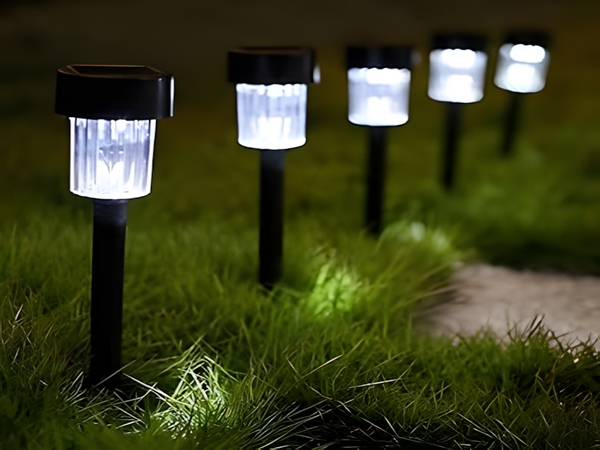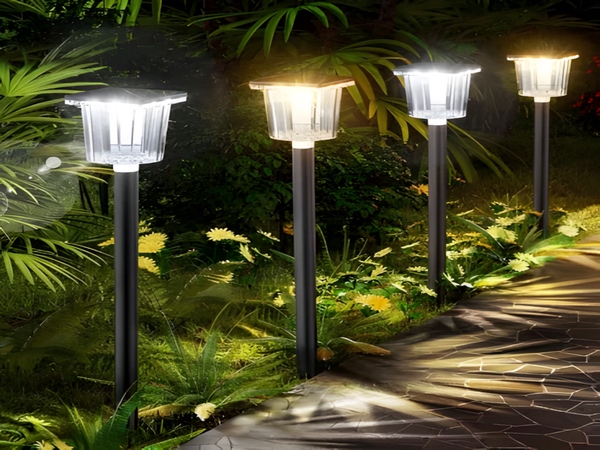
In general areas,
Solar street lights
can be applied with basic configurations. However, for regions with frequent fog, it is essential to adapt the configuration of solar street lights to bring light and convenience to people. Today, I will introduce how to configure solar street lights in the foggy mountainous areas.
Solar panel configuration:
When the fog is thick, light penetration is poor. If you use ordinary solar panels, their ability to absorb light is weak, making it difficult for solar batteries to charge sufficiently. A good solution is to increase the size of the solar panels by replacing regular polycrystalline solar panels with more efficient monocrystalline solar panels. This will address the problem of insufficient power supply.
LED light source spectrum configuration:

The spectrum affects light penetration. It is well-known that during foggy nights, ordinary light has poor penetration, which can diminish the lighting effectiveness of solar street lights. Therefore, we use yellow light, which has better penetration, as the main spectrum for the LED light source. This effectively solves the problem of poor light penetration in dense fog.

Leakage protection configuration:
When there is heavy fog in mountainous areas, the air becomes extremely humid. Solar street lights need to ensure proper leakage protection. If leakage protection is not properly executed, the majority of solar energy charged may be lost due to leakage at the wire connections in the moist air.
Solar street lights are produced by a professional manufacturer, specializing in rural solar street lights, municipal LED solar street lights, and providing affordable solar street light price lists. They also offer a 15-year quality guarantee with a 5-year warranty and lifetime maintenance.



